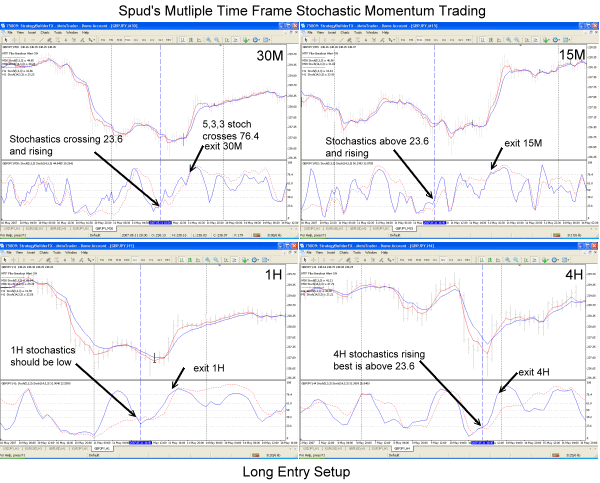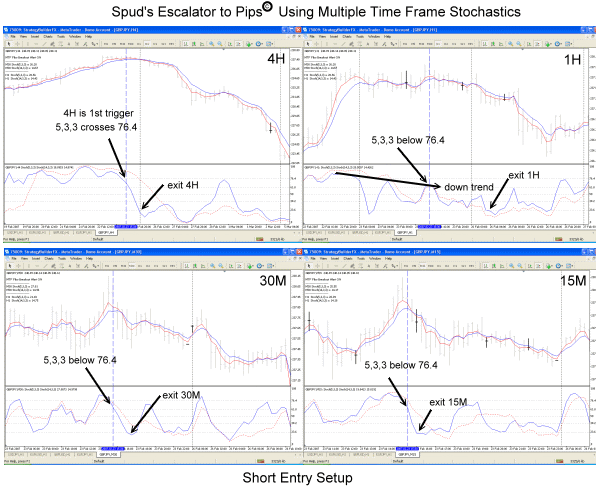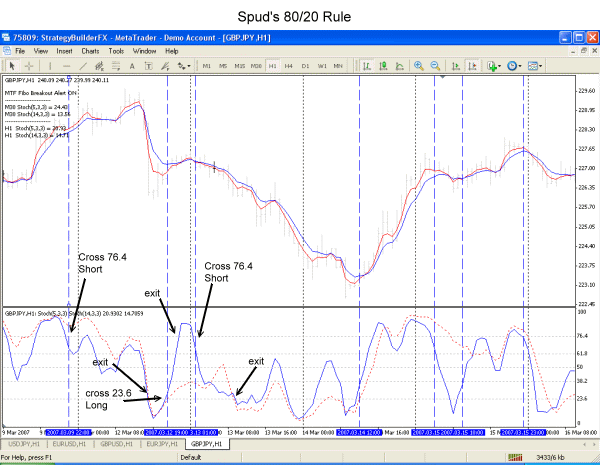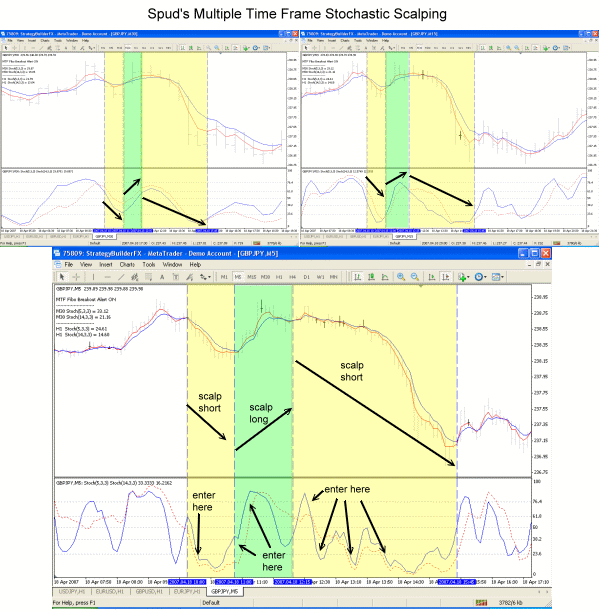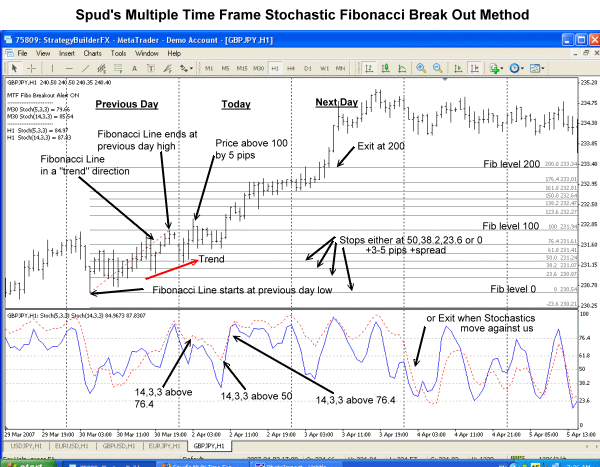A compilation of my systems and/or strategy guide has been requested by a few people. So I decided to put everything in a somewhat organized manner here in one place as a reference tool for traders.
I ask that you resist placing any comments here for the first few days so that I can compile that strategies together as the first few posts. If you need to make a comment about the guides, please PM me or leave a comment on my journal or in my Fib strategy.
PLEASE DON'T POST COMMENTS HERE (yet).
I will produce a PDF of this guide when I have finished compiling it here. The PDF Guide will have more details about the strategies. I have made some minor adjustments to some strategies for ease of use for the entire system. If you would like the PDF guide, I am going to request that you PM me and send me your e-mail so I can send you the guide. The PDF is free...my systems are always free.
This guide will start from the basics. I am not including huge amounts of details here, those can be founf in my journal, the FIb trading system or from the PDF guide.
I hope it helps your trading endeavors.
--Spud
I ask that you resist placing any comments here for the first few days so that I can compile that strategies together as the first few posts. If you need to make a comment about the guides, please PM me or leave a comment on my journal or in my Fib strategy.
PLEASE DON'T POST COMMENTS HERE (yet).
I will produce a PDF of this guide when I have finished compiling it here. The PDF Guide will have more details about the strategies. I have made some minor adjustments to some strategies for ease of use for the entire system. If you would like the PDF guide, I am going to request that you PM me and send me your e-mail so I can send you the guide. The PDF is free...my systems are always free.
This guide will start from the basics. I am not including huge amounts of details here, those can be founf in my journal, the FIb trading system or from the PDF guide.
I hope it helps your trading endeavors.
--Spud
